History of the street: Piccadilly
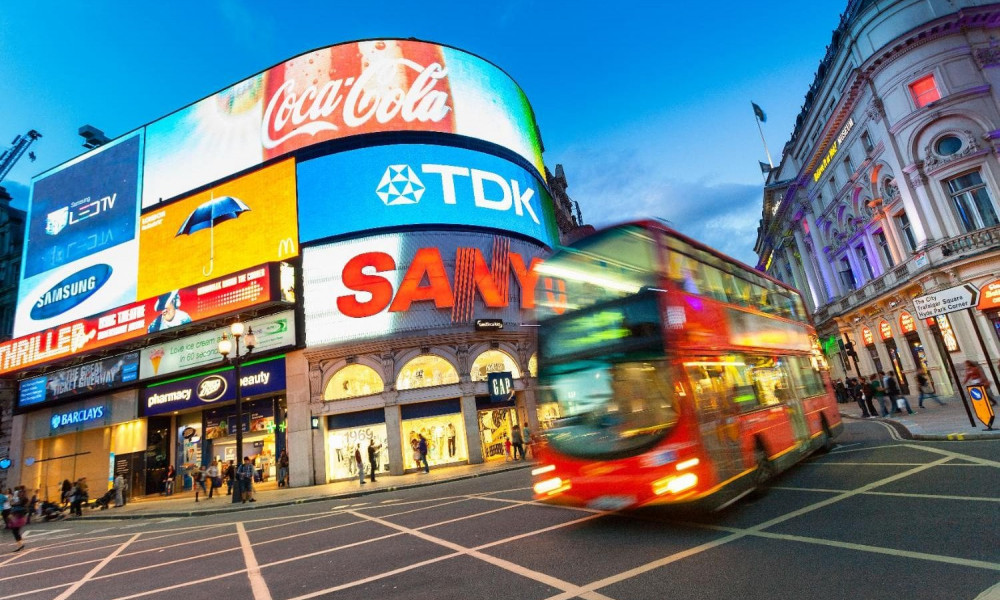
The word “Piccadilly” itself, though it is solidly tied to the capital of the United Kingdom, but you’d have to admit that it isn’t too English after all. Nevertheless, when it comes to both the street and its beginning, Piccadilly Square, Londoners not just love them – they believe them to be the true heart of their city and the name doesn’t make their ears tingle at all, especially upon at least a cursory glance into history. Till 17th century the street was called Portugal Street and who knows what would it have been called today if a local businessman Robert Baker hadn’t bought a large land lot there in 1612 to erect a mansion and a collar shop by its side. It was this shop, were back then fancy stiff piccadill collars were sold, not just to allow Baker generate tremendous fortune but also to set ground for at first folk and later official renaming of the street – instead of Portugal Street Londoners got themselves Piccadilly.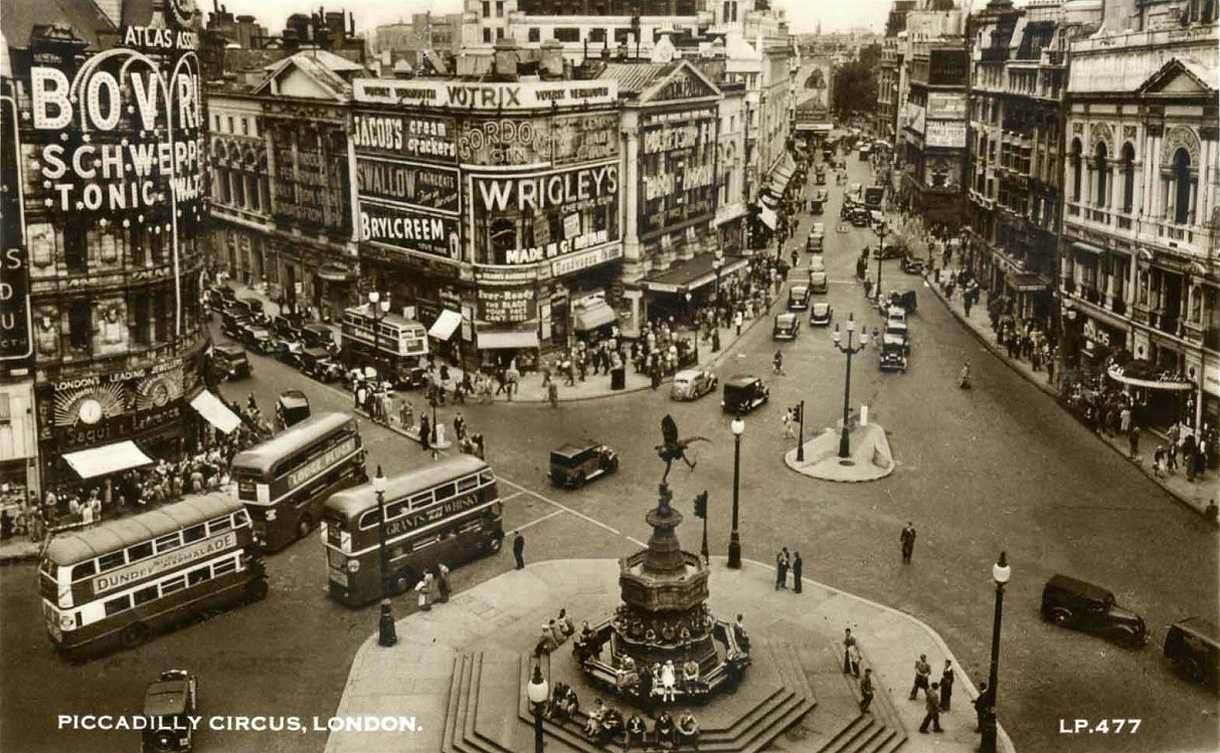 Photo pinterest.co.uk
Photo pinterest.co.uk
Other successful businessmen and manufacturers followed Baker’s suit and flowed to the same part of the metropolis, so it turned into a fashionable district and its major development took place in the middle of 17th century. And it is architecture and styles of those times that nowadays both tourists and dwellers of the city admire. The square itself, one of the main landmarks tied inseparably to Piccadilly Street, emerged in its present-day look significantly later – in 19th century when city authorities decided to create transportation and trade hub there to connect several central streets at once. Twentieth century added a subway station to the space as well as gigantic commercial screens that were on merely several times, for instance, on the days of Churchill’s and Princess Diana’s deaths.
We’ll start our walk along Piccadilly from the spot where almost every tour starts and lovebirds set dates – by the fountain with a figure of a nude angel. It was ordered by Lord Ashley Shaftesbury – famous philanthropist and sponsor. According to intention of designers and the customer, Anteros statue symbolizes mature and deliberate love. At the same time, Londoners have been somehow skeptical about it at all times and kept coming up with concepts much more vulgar. One way or another, the fountain enjoys huge popularity. Let’s move on or more like descend underground but not to take subway but to get to… a theatre. Legendary Criterion Theatre, famous for bold staging and revolutionary technical effects, is located almost above the ground. This allowed it not only to live through several large-scale reconstructions of the city centre but also to become a strategically important objects in the years of World War II – not only passers-by were hiding there during bombardments but also BBC employees used it as a reserve studio to perform non-stop broadcasting. In present times Criterion Theatre is an entire entertainment centre with own studios galleries, restaurants and where one can have cultural pleasure during all the day.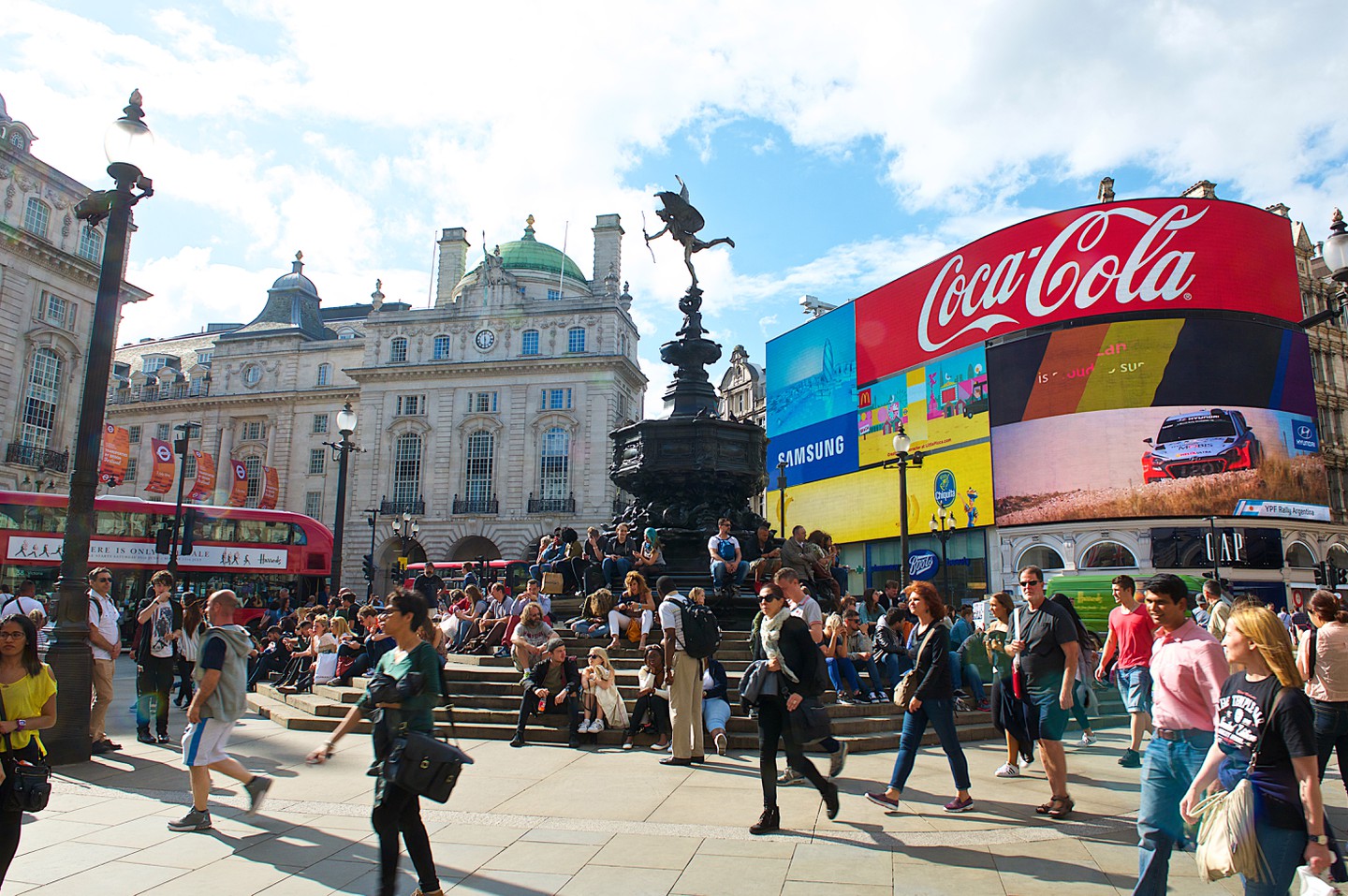 Photo theculturetrip.com
Photo theculturetrip.com
Our next stop is a building from postcards and another symbol of London – Royal Academy of Arts. It is probably easier to name painters who haven’t either studied or taught there, because among its graduates there are all the starts of British and world pictural art. The pompous construction itself and quiet yards, that are a rarity for the city centre, and, sure enough artistic atmosphere have helped talented local students master haut art for centuries. Interestingly, despite the fact that the academy is Royal, it survives on exhibitions and education fees and accepts financial help from neither government nor the Royal family.
Another curious object on Piccadilly is the most luxurious British hotel – The Ritz. Built in 1906, it has an impeccable reputation and serves as a shelter for influential and wealthy guests visiting London. In early 20th century general renovation was carried out on the inside to add state-of-the-art technology to already magnificent British style. New technologies and sacredly revered traditions are intertwined there indeed, so even if you stay at a more modest hotel but are ready to spare a certain amount of money, step by The Ritz Hotel by five o’clock having booked a table at the hotel restaurant in advance – daily British tea-time is held there.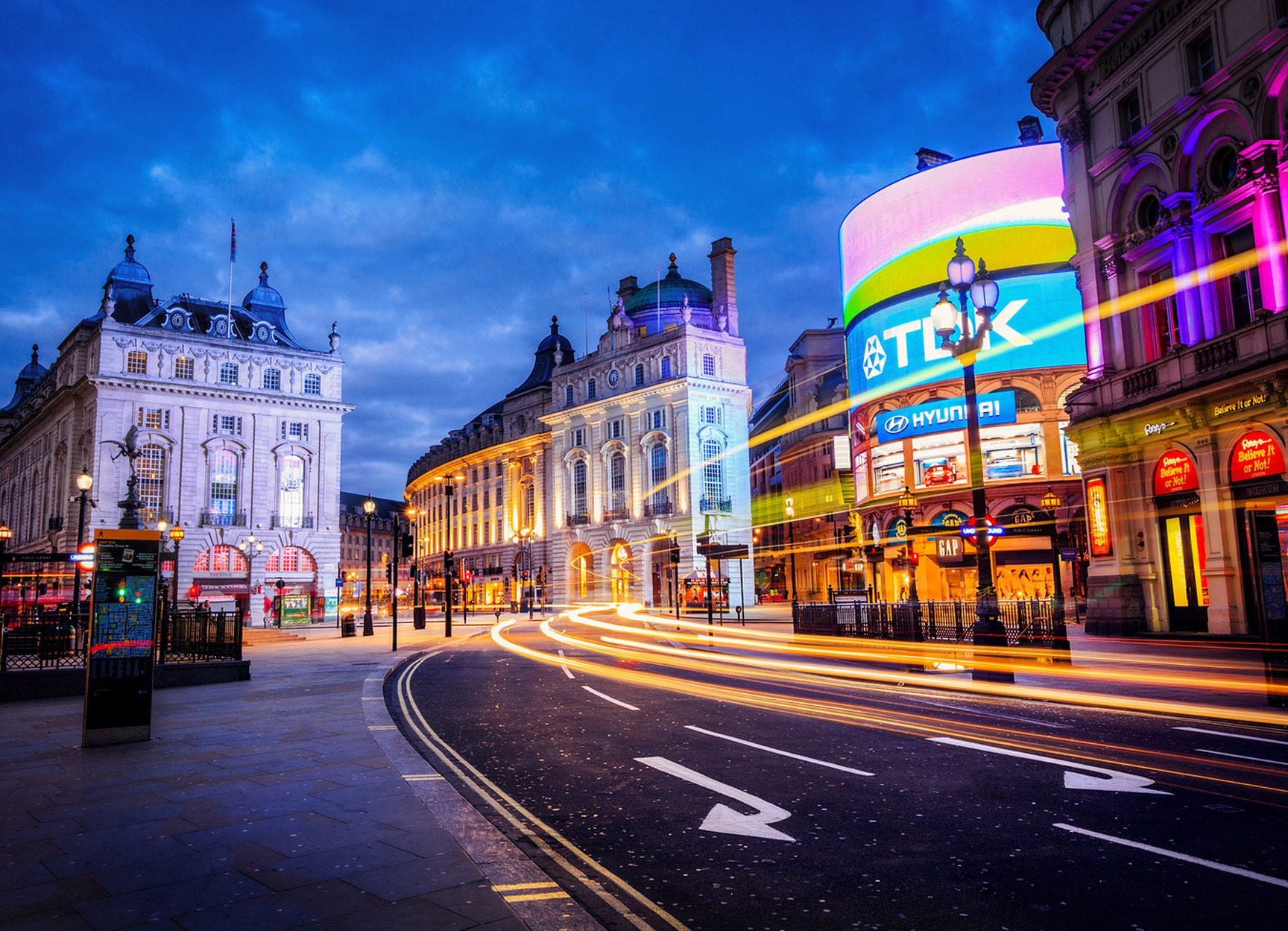 Photo fonday.ru
Photo fonday.ru
But no matter in what hurry you are for the five o’clock, you cannot but step by Fortnum&Mason shop almost three hundred years old, because it is there where one can purchase products that get to royal table. Chocolate, bakery, sold-by-weight tea, delicacies – all of these are now also at the service of high-income customers willing to feel with their own stomachs what members of the royal family are fed with.
All in all, on Piccadilly everything is either royal or jet-set, therefore, should your budget be limited, it is enough to simply eye surrounding beauty and put aside tasting and visits till better times. It really is the most fashionable and expensive street of generally not at all cheap London, filled, alongside objects we’ve told about, with dozens private and high-end clubs, restaurants and communities where one can sit in Charles Darwin’s armchair, see Napoleon’s death mask or have some whiskey at a table hammered together from boards of Admiral Nelson’s ship. In order to get there even impressive capital isn’t enough – entrance to many of them is by pertaining to noble families, by origins or by merits to the Kingdom because lords and sirs and closest relatives of the crown will be sitting next. Piccadilly can be safely called a double-sided street: one side is loud and open for tourists while another one is restricted and filled with “members-only” mysteries. And this is probably another piece of its charm because walking there one can not just look but fancy, too.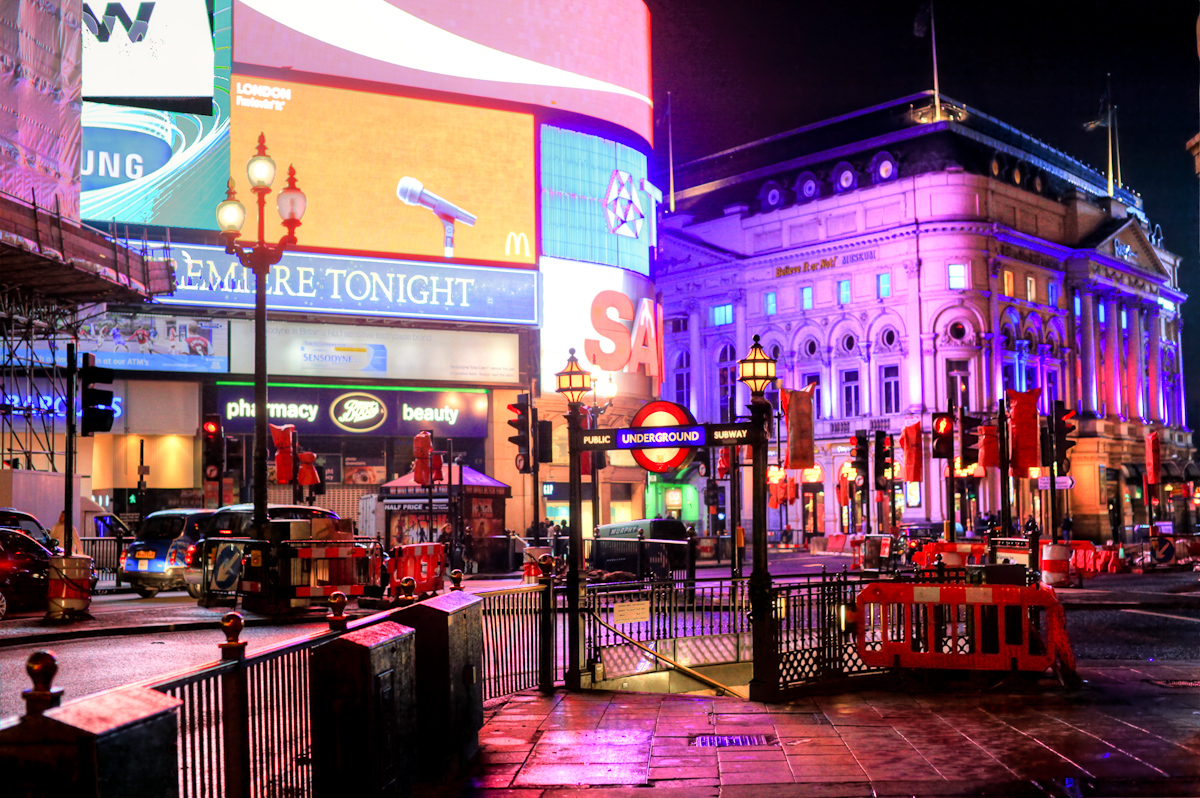 Photo jaani.net
Photo jaani.net
Cover photo telegraph.co.uk





















